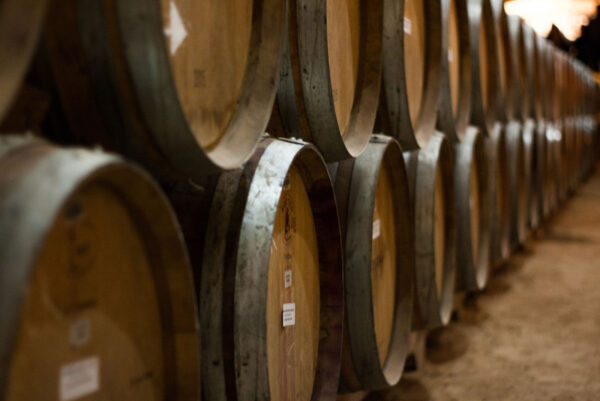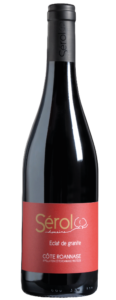This column is written by the team at Arrowine & Cheese (4508 Cherry Hill Road). Sign up for the email newsletter and receive exclusive discounts and offers. Order from Arrowine’s expanding online store for curbside pickup or in-store shopping. Have a question? Email thenose@
I’m trying not to bore you by getting too technical. But it is critical to your enjoyment of wine to understand how straightforward yet complicated wine-making is.
Something to keep in mind: remember, in grade school, the three reading groups? Accelerated, on-par, and the group needing extra encouragement and or attention? Let’s say you were born in the Village of Pommard. Of its 300 souls, the vast majority have something to do with the wine trade. If you are lucky enough to be landed and the offspring of a wine-producing family, guess what you will do as a career?
Now go back to my grade school reading group illustration and think about it. Wine-making is one of the world’s most complex occupations, and if “Jean-Claude” isn’t in the accelerated reading group, Mom and Dad may start to worry. They might decide to sell the Domaine. But there goes the “family legacy.” A legacy can be a burden.
Now back to decisions that must be made, often on the fly and under duress. The growing season determines everything. First, do you inoculate with a select strain of laboratory-cultivated yeast (a sure thing, but it imparts a “flavor profile”) or use the indigenous yeast from your vineyard?
If you work organically or biodynamically, you have been cultivating your native yeast population to the point that it should be healthy enough to carry the fermentation to complete dryness. But there are no guarantees. I think native yeast is more transparent and yields a more complex wine. If you bottle and have unresolved sugar, the wine could become “sparkling wine,” or the bottles might explode!
The all-important maceration time with juice on the grape skins isn’t something you can look up on Wikipedia. You have to make the call: too much extraction and the wine is coarse, too little, and it’s wimpy. So you want to pull the wine off and press at the sweet spot. Then off to your barrels.

New wood is expensive, as much as $1,200 or more per barrel. Most of my folks are at a 20-33% rotation, meaning you replace that percentage of your barrels yearly. And not all barrels are the same. The forest dictates the kind of oak, the tightness of the grain, the porosity, and the actual “flavor” profile. You can even request a certain toasting level or degree of internal char. Decisions, decisions.
Most winemakers experiment with anywhere from two to five or more barrel makers until they are satisfied with the mix and the results. And you better be friendly with your barrel maker or broker, or you could end up with the barrels that were going to go to Outer Mongolia.
Once the wine is in the barrel, you monitor its progress through alcohol (we are talking about a fine wine here) and then malolactic fermentation. I will explain the difference at a latter-date.
So let’s see, you have many barrels in the cellar, 200? Guess what you will be doing? Tasting, topping off every barrel regularly, and being vigilant. You watch every barrel like a hawk, tasting, smelling, and testing for and fixing any problems.
 Wine of the week, you asked for an Autumnal suggestion, and boy, do I have a delicious one.
Wine of the week, you asked for an Autumnal suggestion, and boy, do I have a delicious one.
- 2021 Domaine Serol Eclat de Granite Côte Roannaise — $24.99
I adore this wine, and it will surely be on my Thanksgiving Table! With 1/2 hour of air, Eclat exhibits a super-sexy silkiness. Its 100 Gamay is an absolute joy to drink. It pumps out ultra-pure flavors of raspberries, strawberries, and mineral spice with a long palate cleansing finish. It’s brilliant!
Cheers,
Doug
Photo (top) by Vince Veras on Unsplash


